
Last year, this column bravely dived down the rabbit warren of re-photography - the art of taking a photo of the same scene many years apart. You might recall photos of how different the undeveloped Tuggeranong Valley looked 50 years ago prior to development (July 2, 2021), and conversely, how the vista over the Murrumbidgee River near Holt has changed little in 80 years (November 13, 2002).
That series of columns also inspired some readers to send in their happy snaps of the same scene taken a relatively short time apart, but under vastly different circumstances, such as pre and post bushfires.
One of the most striking of these was submitted by Damian McDermott, formerly of Kambah and now of Sydney, who regularly explores the NSW high country.
The first shot of McDermott was taken during a three-day mountain bike last summer by his fellow-adventurer Andrew Pearce of Crace at Schlink Pass, located about 12 kilometres north of Perisher Valley in Kosciuszko National Park.
"We rode on tracks from Kiandra to Guthega in 30-degree heat every day," explains McDermott, who was giving his newly restored mountain bike its first rigorous test-out.
In fact, if you look closely at the photo, you might just make out the name "Kosciusko" [pre-1997 spelling] emblazoned on the crossbar of the 30-year-old "Apollo Kosciusko" vintage steel bike that McDermott salvaged from a kerbside rubbish pile and spent last year's lockdown bringing back to its former glory.
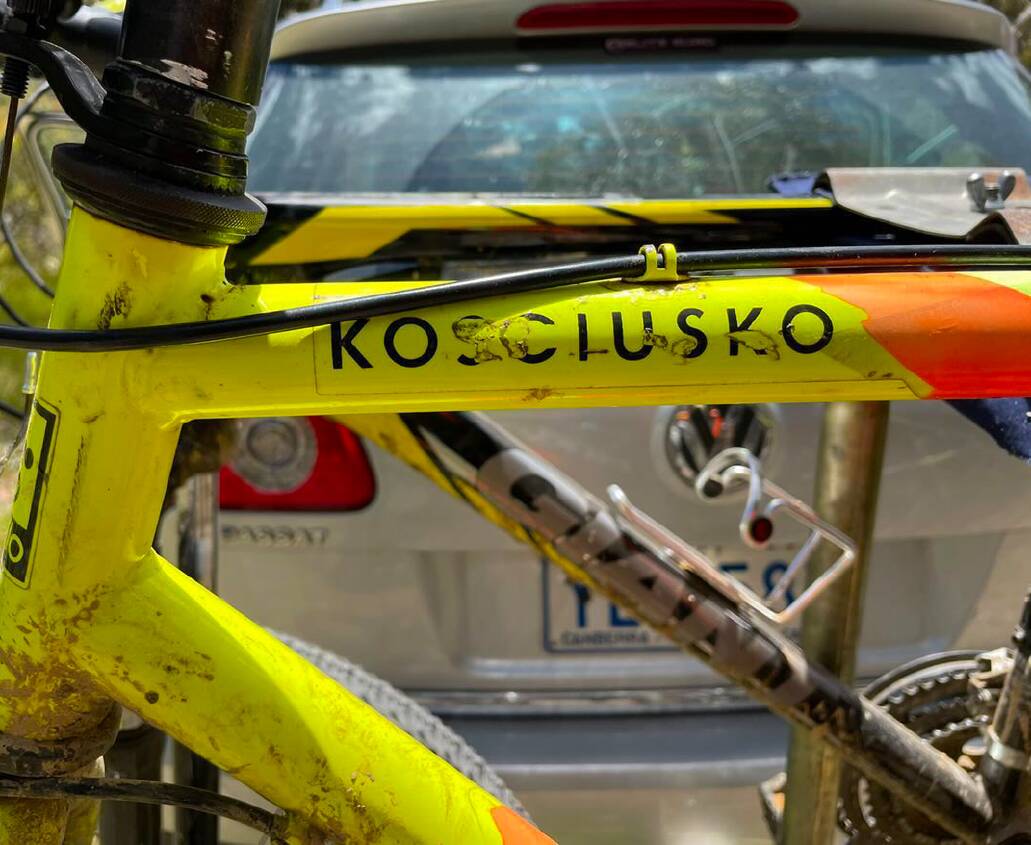
"The thought of riding the Kosciusko-branded bike through the national park of the same name was a big motivation to get it all fixed," he reveals.
"The day Andrew took that photo of me at Schlink Pass was stinking hot, so when six months later, we passed exactly the same spot while ski touring from Guthega to Tin Hut, we thought we'd try to recreate the photo," explains McDermott.
"It's amazing how different a place can look in just six months." Indeed.
"It also looks like I've grown over a metre in the interim," he laughs, referring to the depth of snow accumulated under the sign that heralded one of the best starts to the ski season in decades.
There was even more of the white stuff waiting for our intrepid duo at Tin Hut.
"I was really surprised by how much snow had already piled up the side of the hut so early in the season," says McDermott. "Along with two other ski tourers who arrived the same day, we were the first visitors to the hut since April."

Located in a narrow band of snow gums on the eastern side of the saddle that divides the waters of the Valentine and Finns rivers, the hut, built specifically for ski touring almost a century ago, has a long-standing reputation for being difficult to locate in bad weather.
To combat this, about 40 years ago a series of three stone cairns were erected atop the knoll west of the hut to assist in locating it and warn of the cornice that regularly occurs along the east side of the knoll.
Huts of the High Country author Klaus Hueneke remembers a visit to the hut after a big snow fall in 1975.
"We had difficulty finding it - it's hidden in a clump of snow gums and its terribly windy as the wind whips right across the Jagungal area and the snow gums help trap the snow as the hut is downwind. Thank goodness there was a shovel hanging off the top of the chimney which we used to dig two metres down to where we knew the front door was.
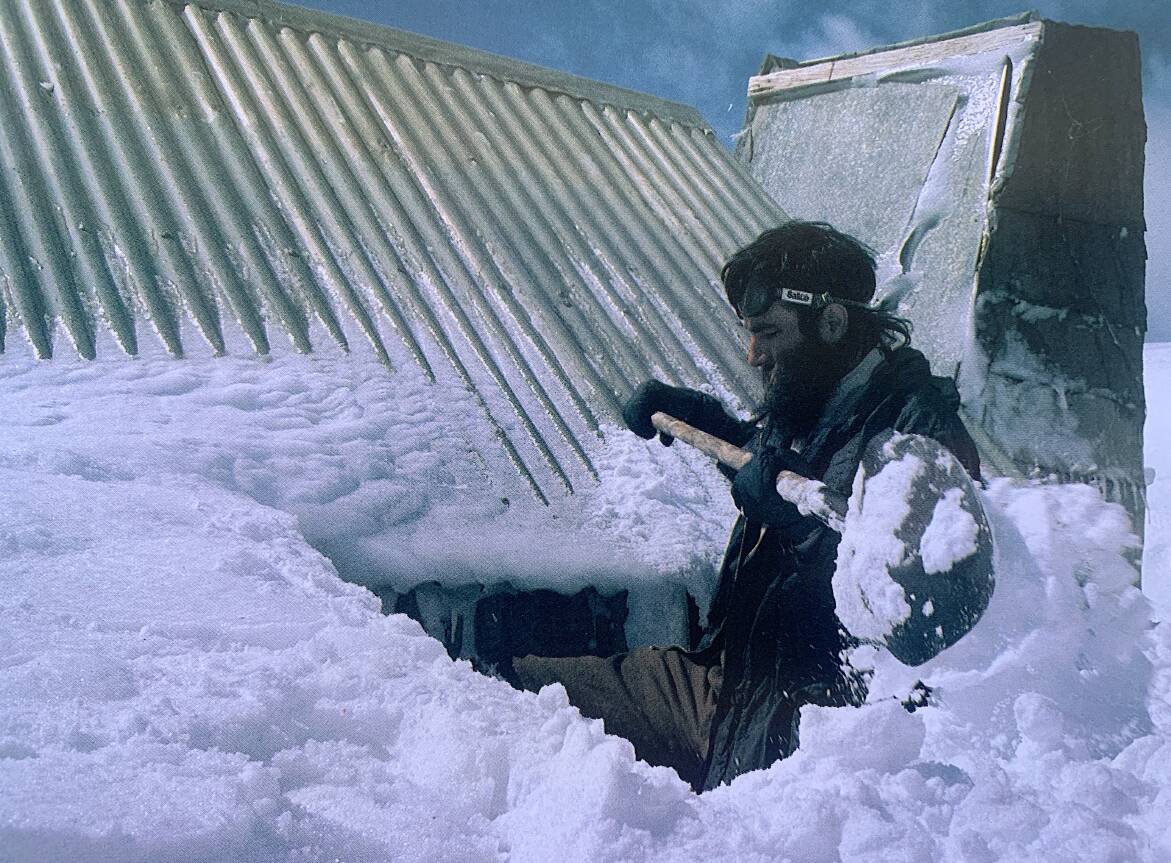
"Inside, it is well insulated ... and once the fire was lit, we were as snug as a wombat in its mother's pouch," recalls Hueneke.
Conditions weren't as comfortable for the first ski party to attempt to traverse Kiandra-Kosciuszko and who sheltered in the hut soon after its construction in the winter of 1926.
Due to a raging blizzard, the group, led by pioneer ski tourer Dr Herbert Schlink (yes, after whom the pass is named), were trapped in the remote hut for three days and nights where they endured an overly smoky fireplace and had to sleep on the hard floorboards (the bunks weren't yet built).
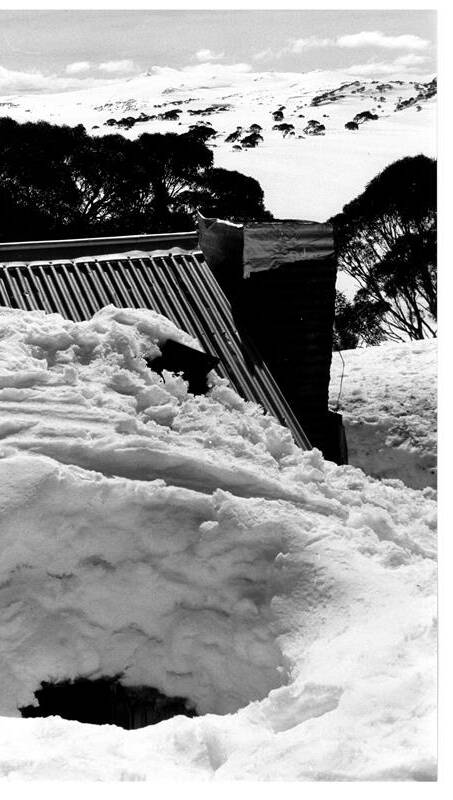
"They spent endless miserable hours sitting on wooden boxes either in thick smoke or darkness. Whenever the door was opened to let in light, the smoke got thicker. No light came in through the window for it was still glassless and had to be covered with sacking to keep out the snow," explains Hueneke.
After running out of food, Schlink's party were forced to retreat down the Finns River and back to the Hotel Kosciusko (destroyed by fire in 1951, at the site of current Sponars Chalet), via Reid's Hut - where they left their skis - and Island Bend.
Of course, Tin Hut isn't the only mountain hut that can be buried by snow.
During a 1981 ski tour, Hueneke and friends had to dig holes in the snow to allow light into nearby Mawsons Hut "so it wasn't pitch black in the middle of the day".
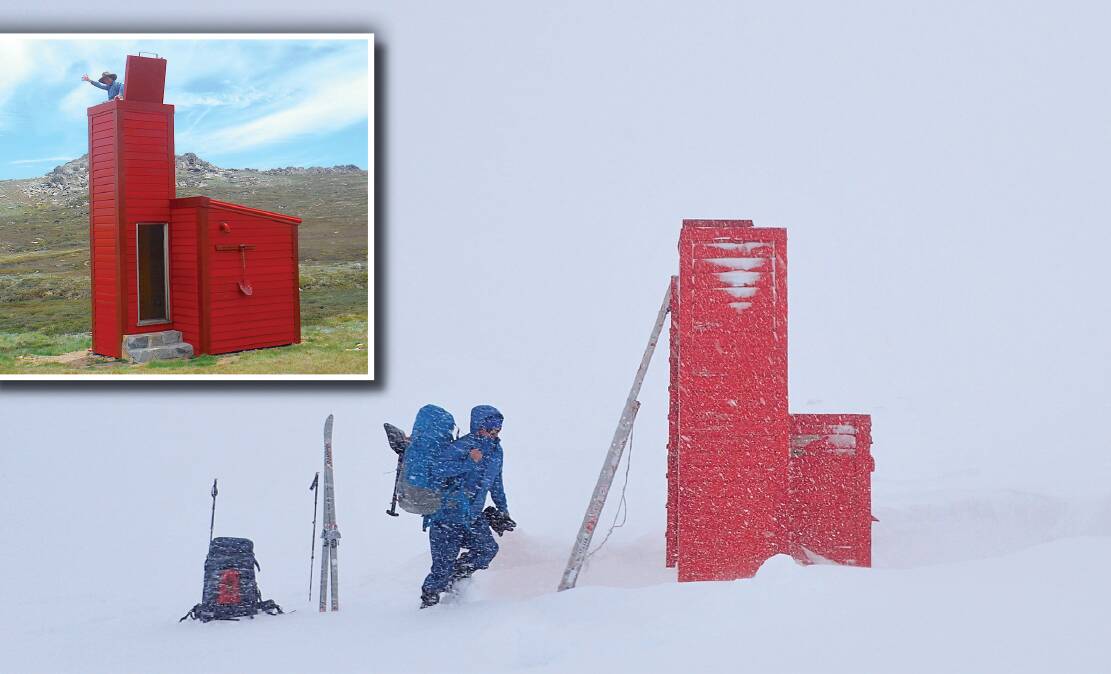
While a shovel is important to access many mountain huts after a big snow dump, one of the most impressive winter entries to a hut is at Cootapatamba. This genuine survival hut located just south of the Kosciuszko summit has a snow entrance via a bright red roof-top tower. Love it.
If you've got a photograph of a mountain hut or high country landmark buried in snow, I'd love to see it. Stay safe out there.
Gunning jail cell mystery solved

The mystery as to why the number 13 appears on one of two holding cells at Gunning has been solved.
According to Nell Gooley, the number on the #1 cell door was altered by her mum in the lead-up to a Victorian Music Hall evening produced by the Gunning Public School P&C and Ladies Auxiliary in August 1980.
The holding cell featured in the shoot for the song Hang on the Bell, Nelly, a magic lantern show played at the fundraising evening with narration by her dad Rob Gooley and starring local luminaries Craig Southwell, Garry Macfarlane and Anne Marie Brophy.
The first lines of the song were: "the scene was in the jailhouse and if curfew rang that night, Nell's dad in number 13 cell would go out like a light".
At the time Nell was just 12 and in the first year of high school at Goulburn where her dad was a teacher, but her brother was still at primary school in Gunning where their mum, an artist, worked in the canteen.
"Using liquid paper, Mum adjusted the cell number to go with the song, she had the nicest handwriting, and, being an artist, a good eye," reports Nell.
Nell also recalls that because her family lived right next to the courthouse and holding cells, "a lot of the rehearsals for the magic lantern show, which was basically a pre-recorded slide show with narration and chorus in barbershop quartet, took place at our house".
"As I was so young, I didn't really have a role, though I did get to participate in the part of the photo shoot for the show that was at the Goulburn Steam Museum - back then they still had a steam train as well," reveals Nell. "The sheriff was played by the actual senior constable based at the Gunning Police Station, who lived in the residence behind the courthouse next to the cells."
WHERE IN THE SNOWIES?

Rating: Hard
Clue: A ski resort eatery, but not our highest
How to enter: Email your guess along with your name and address to tym@iinet.net.au. The first correct email sent after 10am, Saturday June 25, wins a double pass to Dendy, the Home of Quality Cinema.

Last week: Congratulations to Richard Holgate of Callala Bay who was first to identify last week's photo as an old petrol bowser in the Nimmitabel leather shop (Blackmax Motorwear), located at 39 Bombala St, near the town's infamous mechanical bell which, when in working order, tolls daily at high noon.
COUNTER-INTELLIGENCE
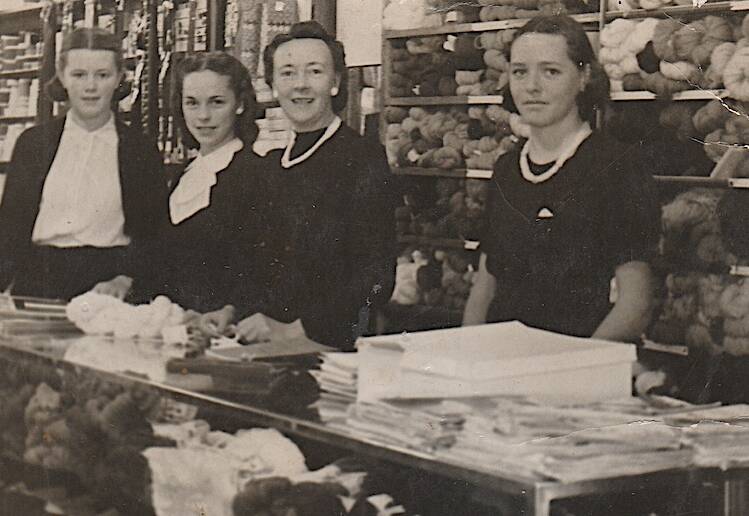
Several readers including Robyn Coghlan of Hawker were quick to point out that the items on the shelves behind the counter in this 1940s photo of JB Youngs Store in Kingston aren't balls of wool after all. Mary Virr of Kambah who worked in the Green Square Bookshop in Kingston in the late 1960s and "enjoyed the pleasures of shopping at JB Youngs" explains, "those 'balls' of wool are actually 'skeins' of wool and the knitter had to wind the wool into balls by herself before she started knitting." You learn something every day.

Still on counters, David McDonald of Wamboin was more than a little bemused when on a recent trip to Millthorpe, a heritage village in the central west of NSW, he noticed that the local historical society "felt the need to explain to modern-day visitors the purpose of a store counter".
The offending sentence printed on an interpretative sign perched on the main street reads: "inside the shops, goods were separated from customers by long service benches called counters where attendants took orders and tied the goods in brown paper and string."
We haven't all moved to online shopping yet, have we??
CONTACT TIM: Email: tym@iinet.net.au or Twitter: @TimYowie or write c/- The Canberra Times, GPO Box 606, Civic, ACT, 2601







